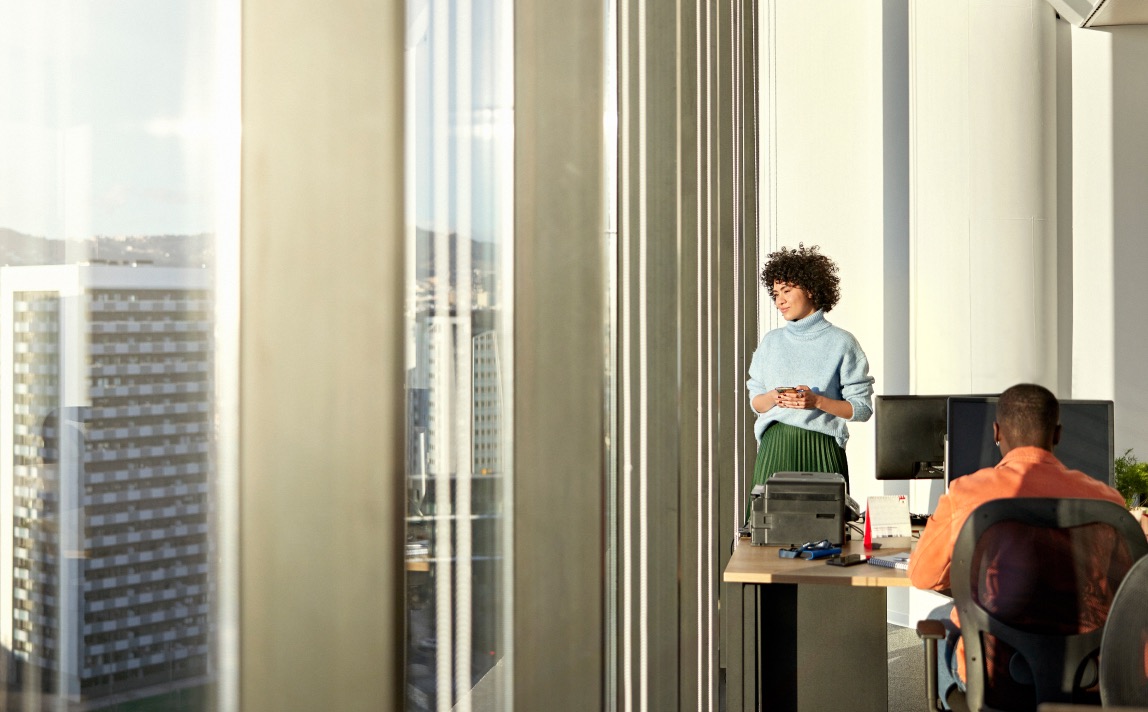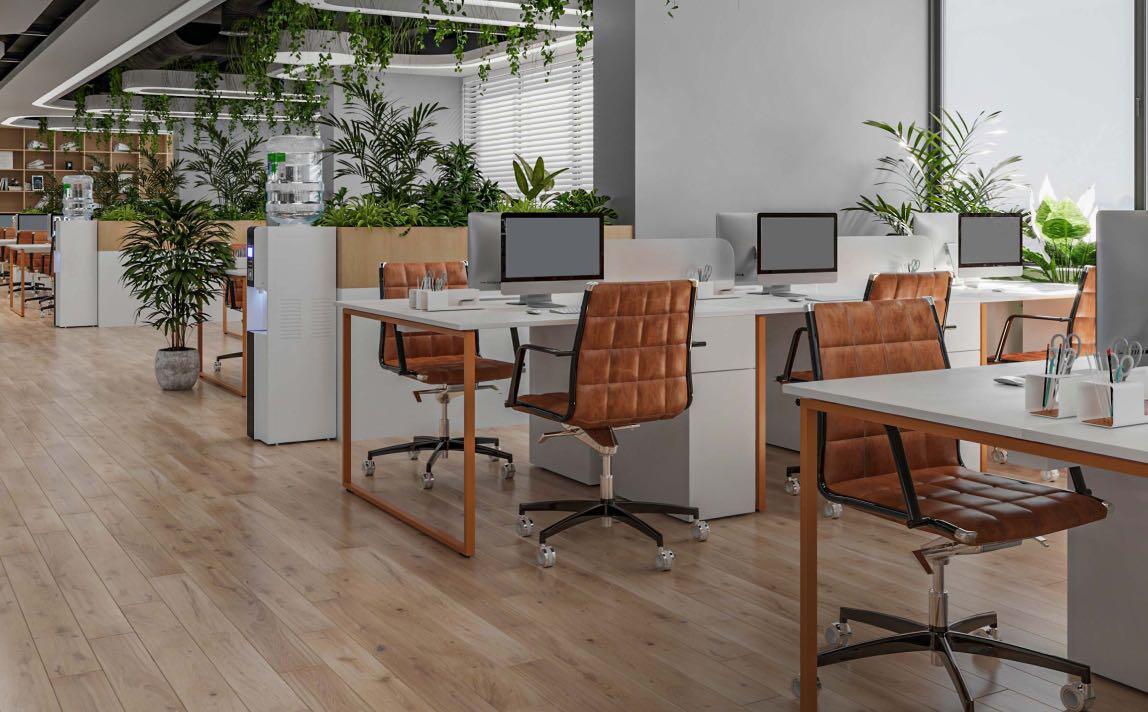Workplace sensors—installed at work desks, meeting rooms, or doors—are transforming offices. They give companies an understanding of how facilities are used. They can also help employees find available spaces in real time. But why are so many companies having challenges with them? One reason stands out.
Why is having different technology vendors an issue? It has to do with how many ways there are to collect and process data. One vendor may offer sensors that collect data with a fixed 5-minute upload frequency. Another might not be able to offer more than a 15-minute upload frequency. And on top of differences in upload frequency, some vendors may also choose to add processing and filtering to the raw sensor data before making it available to clients. The result? You get different answers from each technology!
A blurry idea of space usage is what you already have with your naked eye. The reason you’re getting occupancy sensing technology is to gain objective metrics that give you confidence in your workplace strategies. So, ask yourself: does your company have in-house technical skills or the time to ensure the technology in your occupancy sensing system is aligned (in terms of upload frequency, processing, data formats, etc.)?
Smart office sensors can tell you exactly how to fix your indoor climate.

The secret lies in how you collect your workplace usage data.

The office we knew is gone. We talked to Dr. Darja Smite to hear what's next.

Copyright © 2025 Sony Network Communications Europe. All rights reserved